What is the tolerance range of precision screws?
What is the tolerance range of precision screws?
Service Hotline
+86760-8787 8587We have more than ten years of production experience in the screw industry. The main products are: American spring washers, nickel-plated lock screws, rivets, short head screws, compression nuts, triangular self-tapping screws, adjusting screws, and grade 4 hexagon nut screws. Nuts, hexagon screws with pads, elastic pins, anti-vibration tightening screws, GB70 cylindrical head screws, extra-large national standard nuts, percussion flat cap GB109 rivets with copper eyelets, square screw caps, large flat head chamfered bolts, etc. Fasteners, due to the different materials and specifications of the products, the prices are also different, if you need it, please contact us.


The hexagonal flange surface nut mainly includes a nut body, a flange surface is fixed at one end of the nut body, and a cap is fixed at the other end of the nut body. Has good sealing and corrosion resistance. The hexagonal flange surface nut mainly includes a nut body, a flange surface is fixed at one end of the nut body, and a cap is fixed at the other end of the nut body; since the cap is set on the nut body, it has the Better sealing can effectively prevent rain, moisture, dust and other harmful substances from immersing in the nut body, prevent the nut body from rusting, and greatly extend the service life of the hexagonal flange nut.
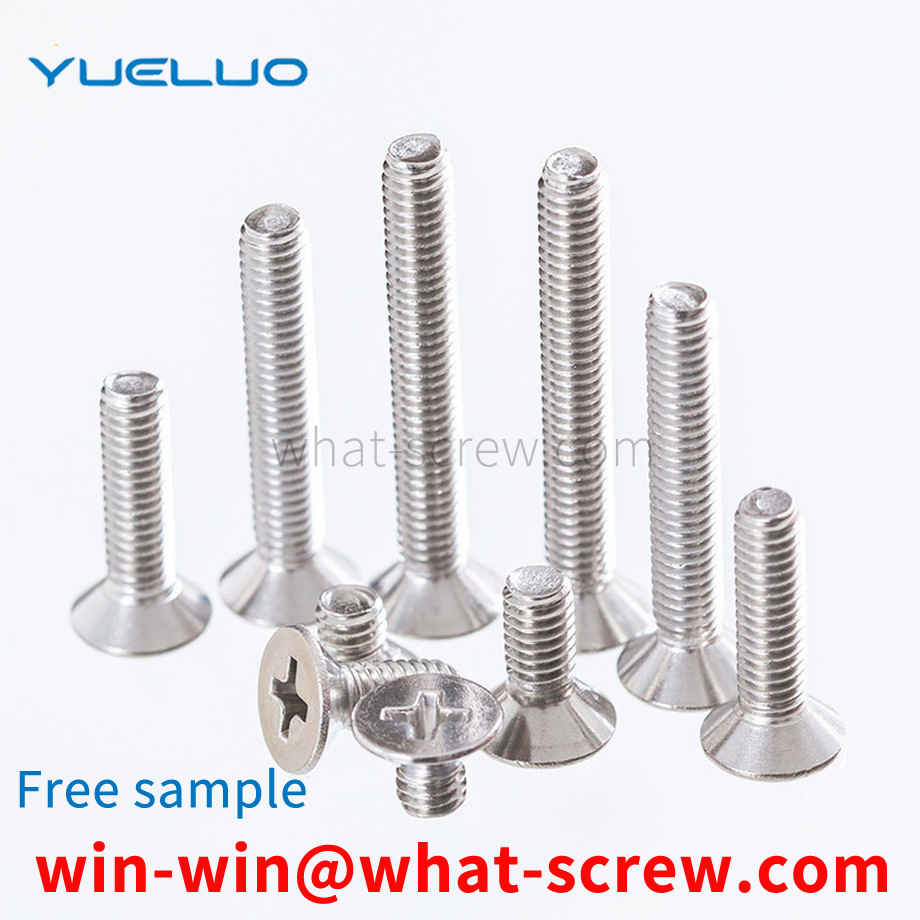
Anti-loose washers are also known as anti-loose washers, self-locking washers, self-locking gaskets, DIN25201 anti-loose washers, double-stack self-locking anti-loose washers, double-stack wedge-type anti-loose washers, etc.
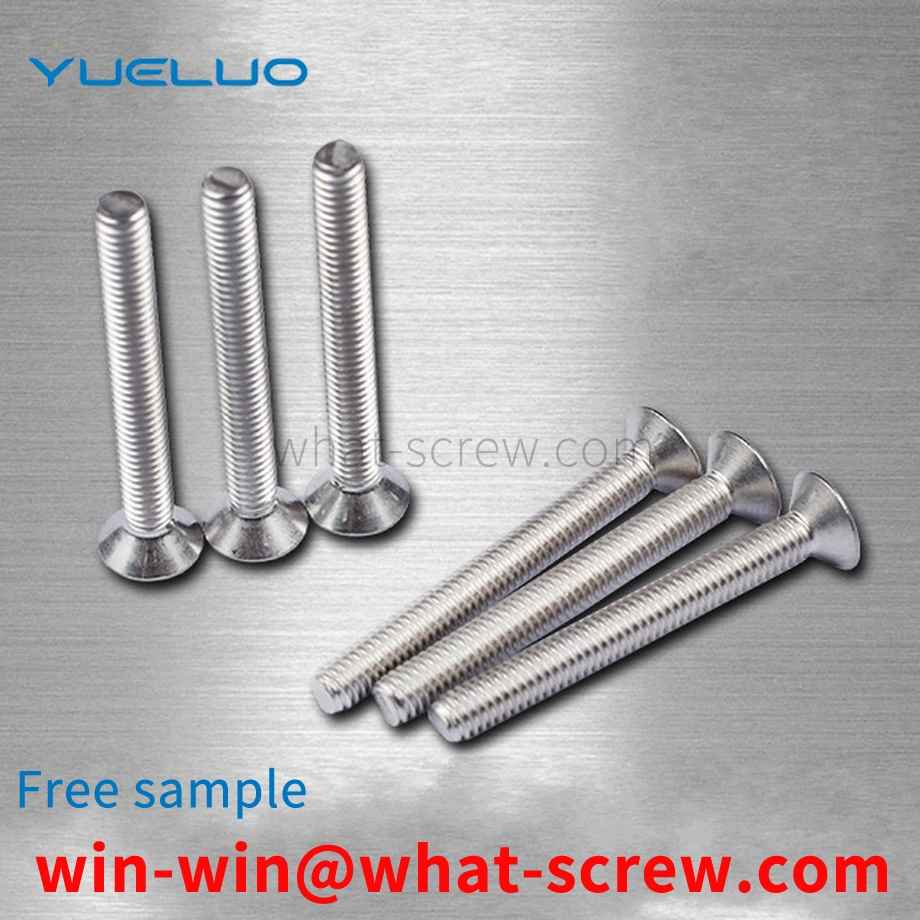
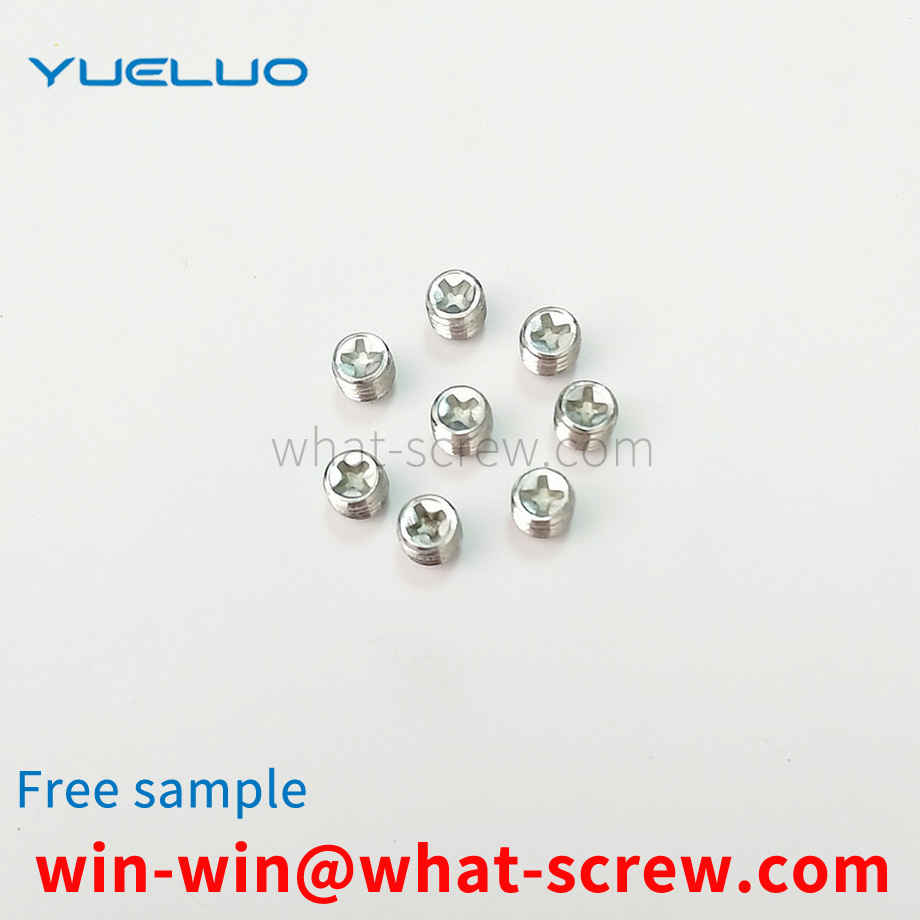
In another embodiment of Guangdong Yueluo Hardware Industrial Co., Ltd., the conveying device 3 includes a motor 31 and a circular rotating disk 34, the motor 31 drives the circular rotating disk 34 to rotate, and the circular rotating disk 34 is evenly provided with screws in the circumferential direction. The matching screw accommodating hole 35, the screw enters the screw accommodating hole 35, the motor 31 drives the circular rotating plate 34 to rotate, so that the screw is first slotted by the cutting wheel 42, and then polished by the fixing wheel 48, and the screw is in the screw accommodating hole 35. It is fixed, which is more secure and reliable during the slotting process. Preferably, the circular rotating disk 34 includes a circular rotating disk 32 and a sector-shaped fixed disk 33. The circular rotating disk 32 is evenly provided with screw receiving recesses matching the screws in the circumferential direction, and the recesses and the sector-shaped fixed disk 33 are formed with the screws The matching screw receiving holes face the cutting wheel 42 and the fixing wheel 57 .
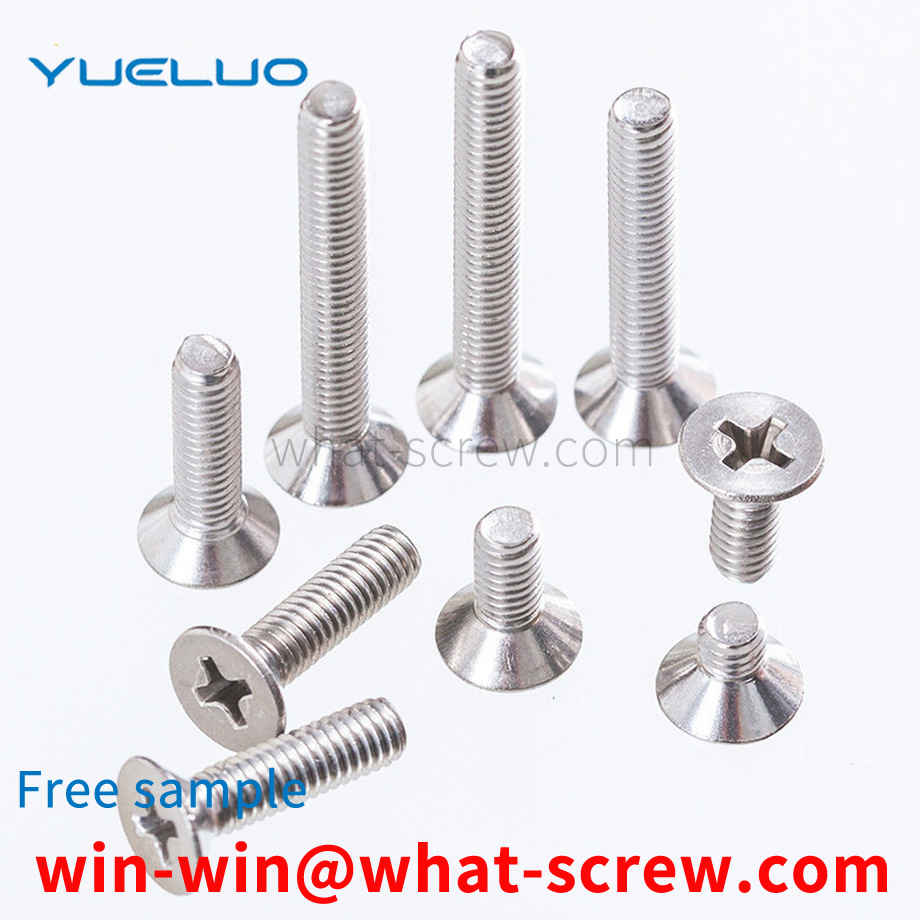
The first person to describe the spiral was the Greek scientist Archimedes (c. 287 BC - 212 BC). An Archimedes screw is a huge spiral contained in a wooden cylinder that is used to irrigate fields by raising water from one level to another. The real inventor may not be Archimedes himself. Maybe he was just describing something that already existed. It may have been designed by the skilled craftsmen of ancient Egypt for irrigation on both sides of the Nile. In the Middle Ages, carpenters used wooden or metal nails to attach furniture to wooden structures. In the 16th century, nail makers began producing nails with a helical thread, which were used to connect things more securely. That's a small step from these kinds of nails to screws. Around 1550 AD, the metal nuts and bolts that first appeared in Europe as fasteners were all made by hand on a simple wooden lathe. Screwdrivers (screw chisels) appeared in London around 1780. Carpenters have found that tightening a screw with a screwdriver holds things in place better than hitting with a hammer, especially with fine-grained screws. In 1797, Maudsley invented the all-metal precision screw lathe in London. The following year, Wilkinson built a nut and bolt making machine in the United States. Both machines produce universal nuts and bolts. Screws were quite popular as fixings because an inexpensive method of production had been found at that time. In 1836, Henry M. Philips applied for a patent for a screw with a cross recessed head, which marked a major advance in screw base technology. Unlike traditional slotted head screws, Phillips head screws have the edge of the head of the Phillips head screw. This design makes the screwdriver self-centered and not easy to slip out, so it is very popular. Universal nuts and bolts can connect metal parts together, so by the 19th century, the wood used to make machines to build houses could be replaced by metal bolts and nuts. Now the function of the screw is mainly to connect the two workpieces together and play the role of fastening. The screw is used in general equipment, such as mobile phones, computers, automobiles, bicycles, various machine tools and equipment, and almost all machines. need to use screws. Screws are indispensable industrial necessities in daily life: extremely small screws used in cameras, glasses, clocks, electronics, etc.; general screws for televisions, electrical products, musical instruments, furniture, etc.
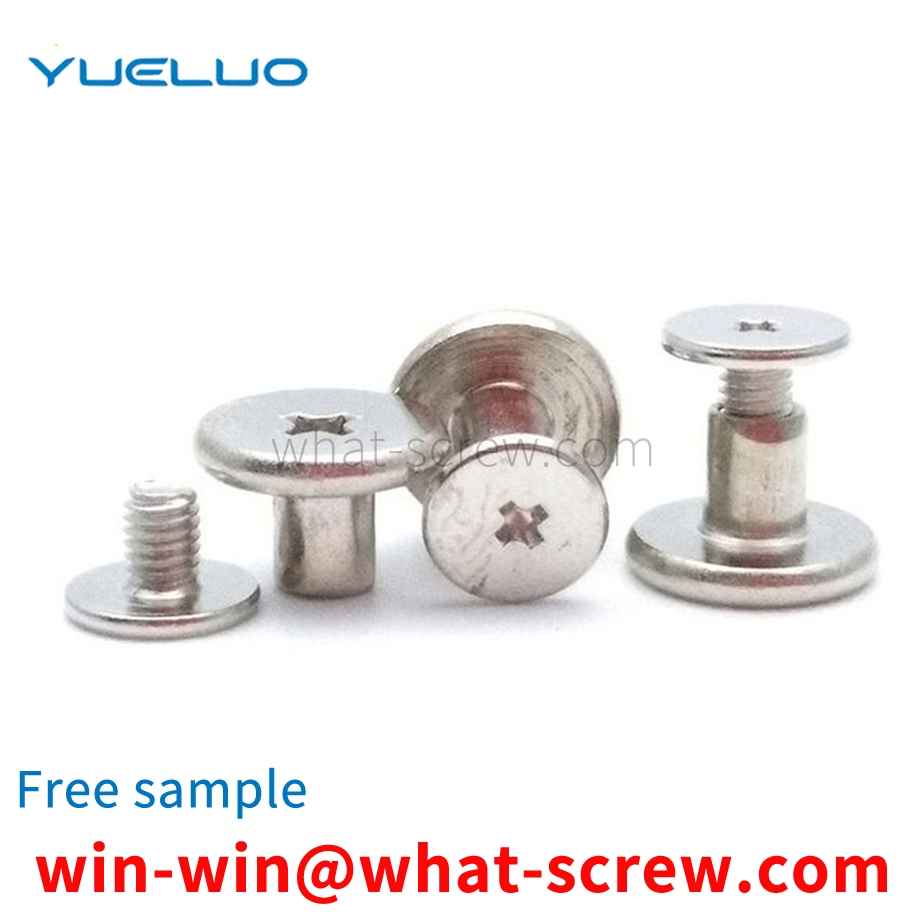
The above content is uploaded by Yueluo or the Internet. If there is any copyright issue, please contact [email protected].

What is the tolerance range of precision screws?

How to choose the right stainless steel screw manufacturer?

Why is there an R angle under the head of the hexagon head s...
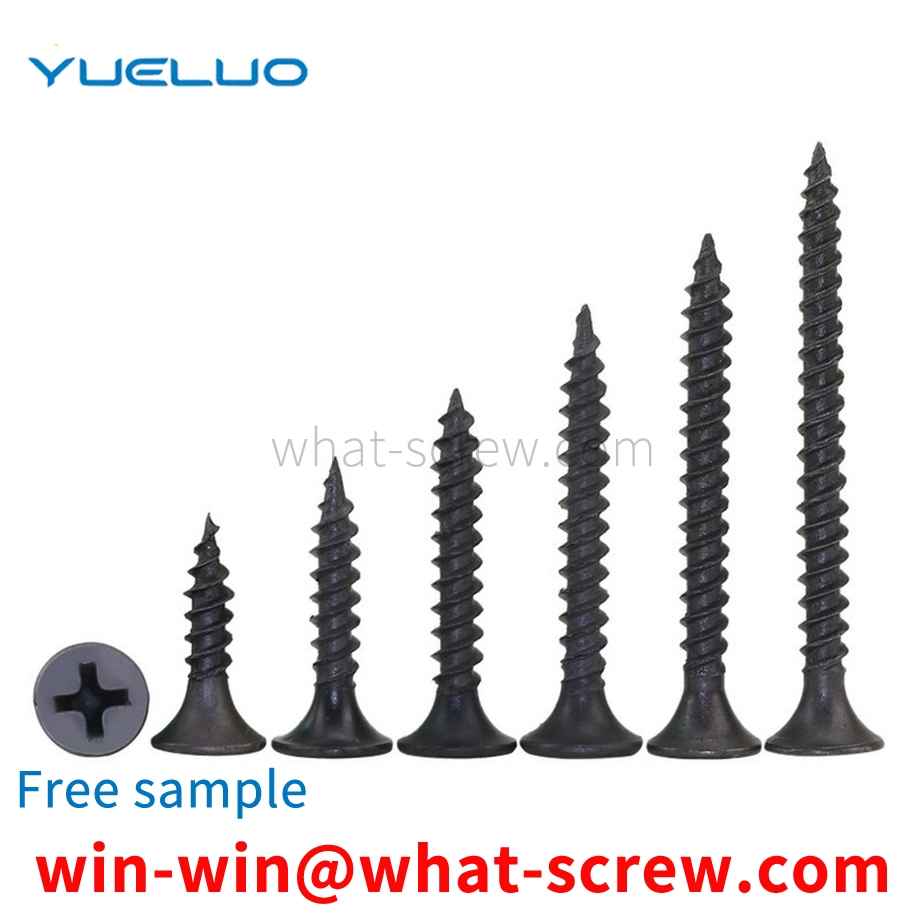
We have more than ten years of production experience in the ...
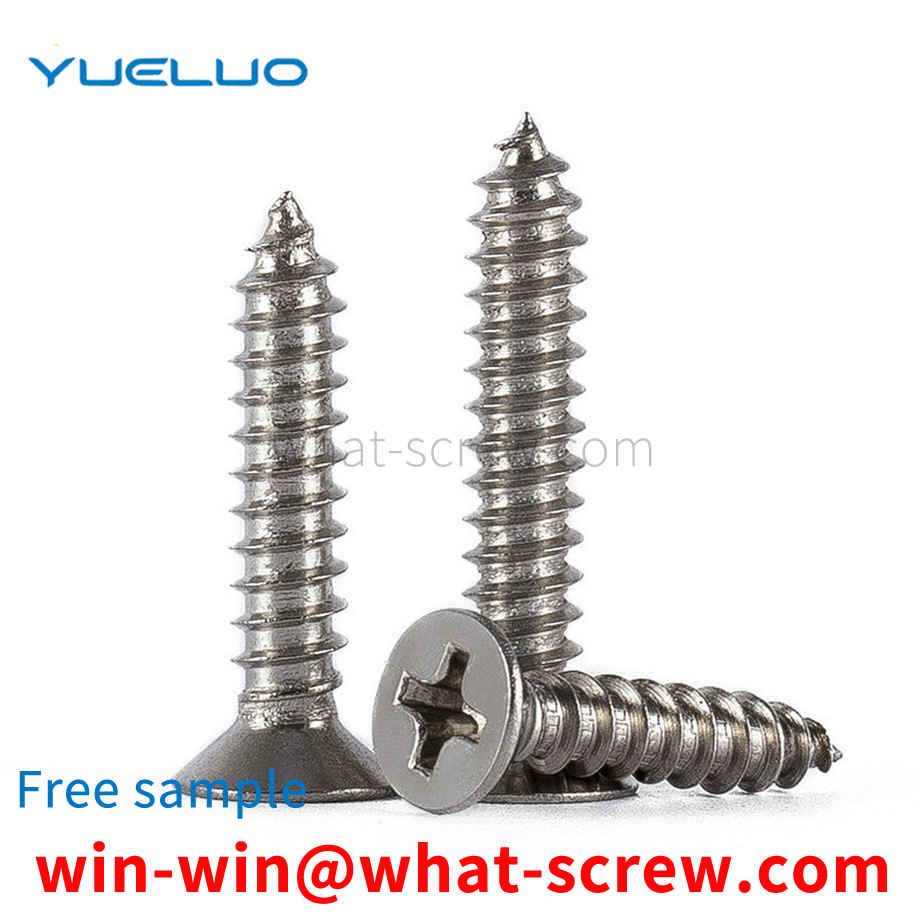
We have more than ten years of production experience in the ...

We have more than ten years of experience in screw industry ...

We have more than ten years of experience in screw industry ...